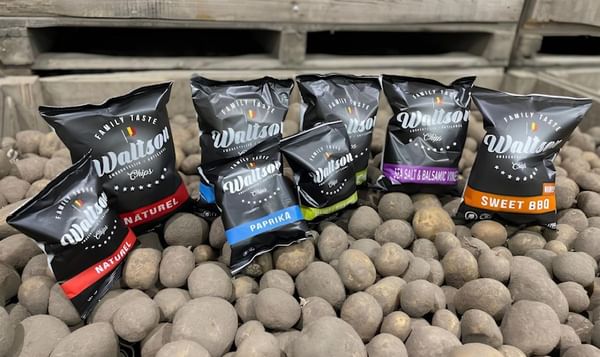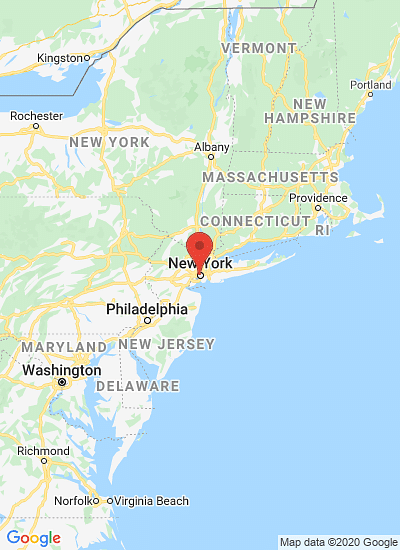Breeders at Cornell University are helping to feed the US appetite for the crispy snacks -- and New York's $62 million potato industry -- by releasing two new potato varieties.
Waneta and Lamoka -- named after a pair of twin lakes in the Finger Lakes region of upstate New York -- are especially appealing to potato chip manufacturers because they fare well in storage and produce a nice color when cut. This is important because chipping potatoes are harvested in fall, but may not be chipped until the following spring, said Walter De Jong, associate professor of plant breeding and genetics.
Lamoka also has a high level of starch, a trait that is desirable for chipping because it soaks up less oil when fried. Waneta has less starch, but is also less likely to bruise, a characteristic that may appeal to farmers in New York, where fields are stony.
Both varieties are resistant to the golden nematode, a pathogen present in some New York soil that attacks potato roots, and common scab, another soil-borne pathogen present nationwide that can cause pits in potatoes. This gives them a distinct advantage over Snowden potatoes, the chipping industry standard, which are susceptible to both diseases.
"New York growers will have a higher quality product to sell,"De Jong said.
First crossed in 1998, the varieties have undergone 13 years of testing, propagation and evaluation. They have been grown on several farms in trials across the country, and reaction among both growers and manufacturers has been positive, De Jong said.
Around 40 acres of seed were produced in 2010;that means that 400 acres of the new potatoes can be planted in 2011, and demand is already outstripping supply, he said. Each acre yields about 30,000 pounds of potatoes.
Video related to this topic on Newschannel 9
Waneta and Lamoka are the seventh and eighth varieties to be released in the past decade by the Cornell potato-breeding program, which develops both chipping and tabletop varieties. Other recent releases include Red Maria, Adirondack Red and Adirondack Blue, which have proven popular with consumers due to their novel red and purple pigmented flesh. De Jong also breeds for size, shape, texture, and disease-and pest-resistance.
In the United States, 28 percent of the domestic potato crop is sold fresh;13 percent become potato chips and 35 percent become frozen fries. The average American eats 126 pounds of potatoes each year, according to the U.S. Department of Agriculture.
Almost half of the 20,500 acres of potatoes grown in New York by 150 commercial farmers are made into potato chips, and many are processed in Pennsylvania plants, such as Utz and Herr's, De Jong said.
- News
- Chips and Snacks
- Cornell University releases...
Cornell University releases Waneta and Lamoka: two new potato varieties for chips
February 23, 2011
Like to receive news like this by email? Join and Subscribe!
Join Our Telegram Channel for regular updates!
Related Topics:
Highlighted Company
Related News

December 14, 2024
PepsiCo South Africa Expands Potato Chips Production Plant with USD 40 Million Investment

December 12, 2024
Waltson: A potato wholesaler who ventured into Potato Chips
Latest News
Sponsored Content
Sponsored Content
Sponsored Content
Sponsored Content
Where
Sponsored Content











